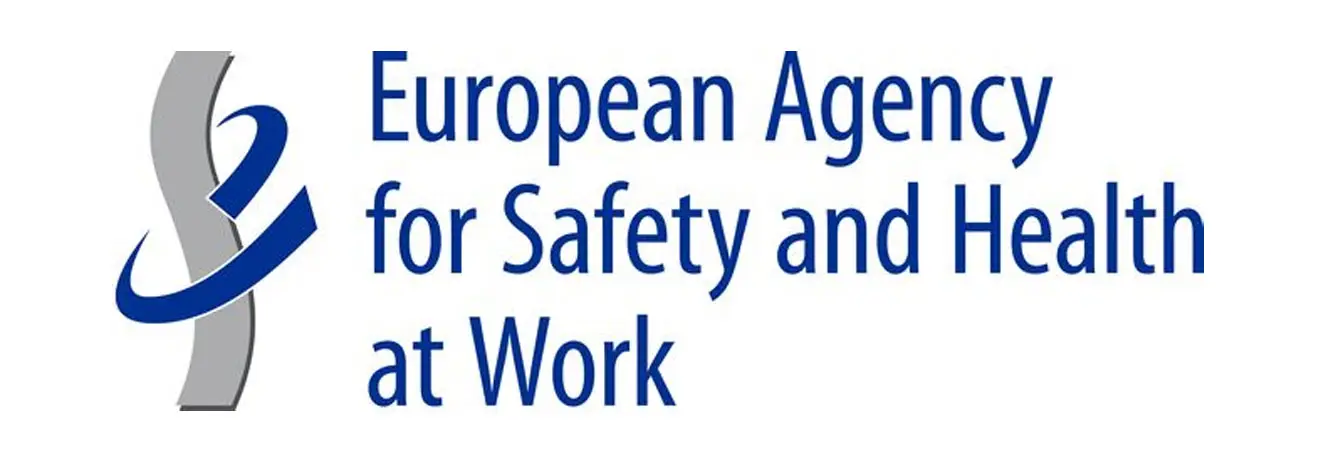The facts on Cadmium compounds
In the EU, 10,000 workers are estimated to be potentially exposed to cadmium and its compounds. Exposure to hazardous levels of cadmium may occur in jobs in which workers are exposed to cadmium dusts or fumes.
Workers may be exposed to cadmium from the smelting and refining of metals or from air in industrial plants that manufacture batteries, coatings, or plastics. Dust and fumes may also occur when compounds or surfaces that contain cadmium are heated, or where workers weld, cut or solder materials that contain cadmium. The main exposure routes are inhalation, although there may be incidental ingestion of dust from contaminated hands. Cadmium and cadmium compounds are classified as Carcinogenic Category 1B according to the CLP regulation, meaning they may cause cancer in humans. Cadmium and cadmium compounds cause cancer to the lungs, but cancer of the kidney and the prostate have also been observed.
Where risks occur
Workers in many industries face potential exposure to cadmium. The potential for exposure is highest among workers in cadmium production and refining, Ni-Cd battery manufacture, electroplating, pigment manufacture and welding operations. Exposed workers are mainly found in construction, manufacture of metal products (especially batteries), non-ferrous base metal industries and manufacture of plastic products like window frames.
More about the substance
Cadmium is a naturally occurring element found in the earth’s crust. Cadmium metal has specific properties such as corrosion resistance, low melting temperature, high thermal and electrical conductivity. These properties make it suitable for a wide variety of industrial applications. The soft, odorless, silver-white metal was first used in paint pigments and as a substitute for tin. Today, about three-fourths of cadmium is used as an electrode component in alkaline batteries. The remainder is used in pigments, coatings, platings and as a stabilizer for plastics.
How symptoms can affect you
Exposure to cadmium may cause irritation of the mucous membranes of the nose and upper respiratory tract. Acute inhalation exposure (high levels over a short period of time) can result in flu-like symptoms (chills, fever and muscle pain) and can damage the lungs. Chronic exposure (low level over an extended period of time) can result in kidney, prostate and lung disease. The primary and most serious adverse health effects of long-term exposure to cadmium include kidney dysfunction, lung cancer and prostate cancer.
The latency between exposure and cadmium-related cancer is approximately 10 years.
What you can do
The most effective way to prevent exposure is to substitute products with cadmium-free or lower-cadmium concentration alternatives. Viable, less toxic alternatives to cadmium are available for rechargeable batteries (nickel-metal hydride), plating (zinc, vapor-deposited aluminum), pigments (cerium sulfide), and plastics stabilizers. If cadmium-containing products cannot be substituted, reduce the exposure to cadmium to a minimum through engineering controls such as closed systems, general ventilation and effective local exhaust ventilation where emissions can occur. Periodically carry out representative exposure measurements so that it is known when action should be taken. Investigate whether workers report early symptoms and involve an occupational physician. As cadmium is a cumulative toxicant, biological monitoring of cadmium in the urine is a good indicator that supports exposure assessment for the total body burden and represents a suitable parameter for prevention of renal damage Make workers continuously aware of the effects of exposure. Administrative actions include limiting the amount of time a worker performs tasks involving potential exposure to cadmium. In addition, train workers on hazards, safe work practices and on effective hygiene measures. Supplement this with personal protective equipment where feasible controls are not sufficient to reduce exposures below the exposure limits. Personal protective equipment should only be used as a last resort, after the possible technical solutions have been exhausted. Because cadmium ingestion may occur due to hand-mouth contact after skin contamination, prevent skin contact as much as possible and specifically be aware of personal hygiene.
Limit values
Read all national directives
References: cancer.gov, EFSA, IARC, EC, NIOSH, OSHA, CAREX
Possible substitutions
Possible measures
The European Chemicals Agency (ECHA) works for the safe use of chemicals. It implements the EU’s groundbreaking chemicals legislation, benefiting human health, the environment and innovation and competitiveness in Europe.
The data pool may be used for the purpose of occupational health and safety or to obtain information on the hazards posed by chemical substances.
Facts about cancer-causing agents:
- The direct costs of carcinogen exposure at work across Europe are estimated at 2.4 billion Euros per year.
- Every year, about 120.000 persons get cancer from exposure to carcinogens at work
- Every year, almost 100.000 people die from cancer that was caused by exposure at work
- Annually more than 100.000 people die because of work-related cancer.















